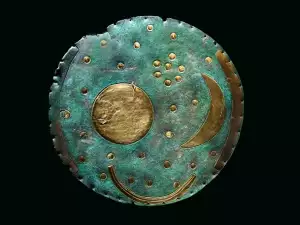Half of the white clouds in our sky owe their origins to marine phytoplankton, which release large quantities of aerosols into Earth's atmosphere.
"The cells of phytoplankton release aerosols which contribute to the formation of the majority of white clouds, " American physicists tell Science Advances journal.
The head of the study, Susan Belrose, from the Pacific Northwest National Laboratory in the US, explains that she and her colleagues have reached this conclusion after studying the images of the world's ocean from the Terra satellite.
According to the scientists, the so-called Southern Ocean is one of the cloudiest areas of our planet. This fact attracted the attention of the researchers.
The waters in that region are extremely far from dry land, with the exception of Antarctica, which allows scientists to follow the activity of all of the different types of marine aerosols.
At the end of the study it became obvious that more than half of the examined aerosol particles, that form white clouds, originate from the phytoplankton in the ocean. It's also been found that aerosols not only help to form clouds but also make them whiter and more visible to humans.
The release of these particles is most intense during the summer and fall seasons, when phytoplankton bloom in the southern hemisphere. The bloom of phytoplankton increases the amount of aerosol particles in the atmosphere by up to 2 times.
The thicker clouds, in turn, reflect the sun's rays and the Earth cools as a result.
"The Southern Ocean plays a tremendous role in global climate systems on Earth and we hope that our discovery will help us better understand to what extent our planet reacts to greenhouse gases, " concludes Susan Belrose.
Clouds are among the most fascinating phenomena in our atmosphere and have a great influence not only on meteorological conditions but on flying conditions as well.









